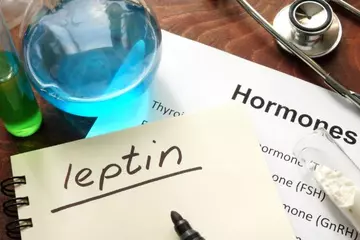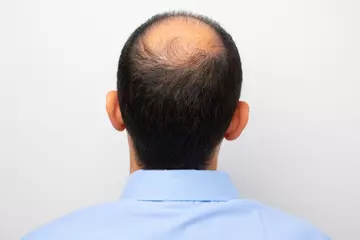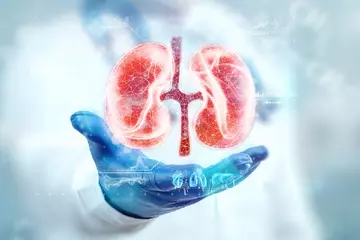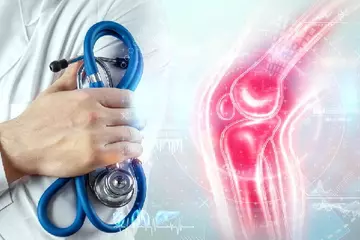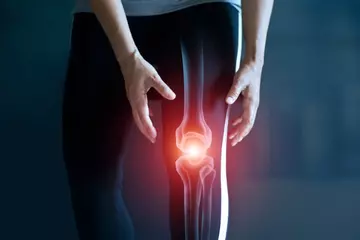What is skin discolouration?
Skin discolouration refers to irregular patches of changed skin colour. Skin discolouration is a relatively common problem and can be due to various causes like injury, inflammation or more serious underlying illness. Skin discolouration happens due to variable levels of melanin in the skin.
What are its main signs and symptoms?
Depending on the cause, these patches of skin discolouration can have varying degrees of symptoms, which include:
- Dark coloured or light coloured or both types of patches on the skin
- Itching
- Redness
- Reduced sensation or loss of sensation over the patches
- Hyperaesthesia (increased sensitivity)
What are the main causes?
Skin discolouration is caused by a wide array of conditions, which range from simple allergies to severe autoimmune diseases. Some of the common causes include:
- Allergies
- Contact dermatitis
- Eczema
- Infection
- Bacterial infection
- Fungal infection (ringworm, tinea versicolor, candida)
- Burns
- Autoimmune diseases
- Systemic lupus erythematosus
- Graves’ disease
- Birthmarks
- Moles
- Strawberry naevus
- Port-wine stains
- Mongolian blue spots
- Hormonal issues
- Melasma
- Chloasma
- Skin cancer
- Basal cell carcinoma
- Squamous cell carcinoma
- Melanoma
- Injury
- Rosacea
- Radiation therapy
- Vitiligo
How is it diagnosed and treated?
A proper medical examination of the skin discolouration along with a medical history usually hints at the diagnosis, but certain investigations are required to confirm the diagnosis and provide appropriate treatment. These investigations include:
- Blood investigations – Certain investigations to check for allergies and autoimmune diseases. These investigations include complete blood count (CBC), C-reactive protein (CRP), anti-nuclear antibodies (ANA).
- Wood’s lamp examination – This test helps in identifying bacterial and fungal infections.
- Skin biopsy – This helps in examining the cells under the microscope.
The treatment criteria purely depend on the cause of the disease. Once the cause is found, it is usually easy to clear the discolouration. Treatment aims at the underlying disease, which will automatically clear the discolouration. However, this may not be possible in many conditions. There are certain medications that help in removing this discolouration, which include:
- Local applications – Topical application of vitamin A, vitamin E or hydroquinone helps in clearing the dark patches.
- Chemical peeling – Certain chemicals like glycolic acid or salicylic acid can help in removing the outer layer of the skin (which is usually discoloured).
- Laser therapy – Laser therapy also helps in lightening the dark patches.

 Doctors for Skin Discolouration
Doctors for Skin Discolouration  OTC Medicines for Skin Discolouration
OTC Medicines for Skin Discolouration








